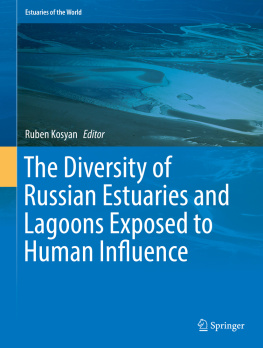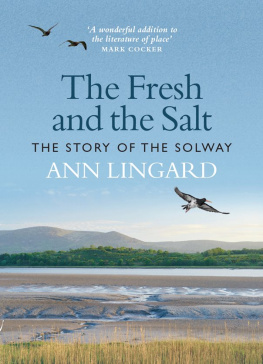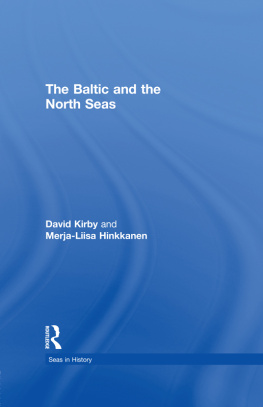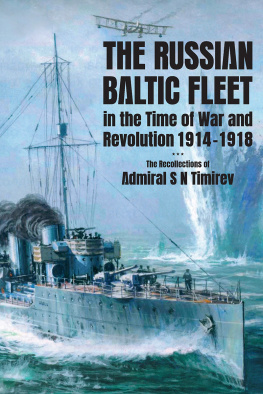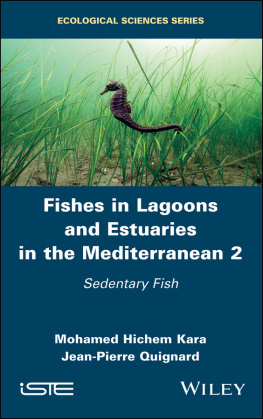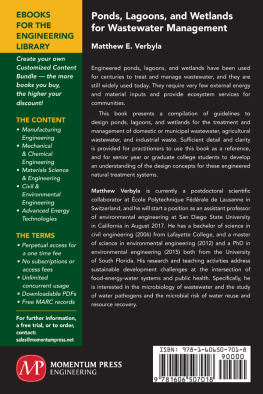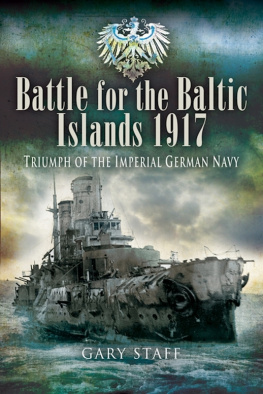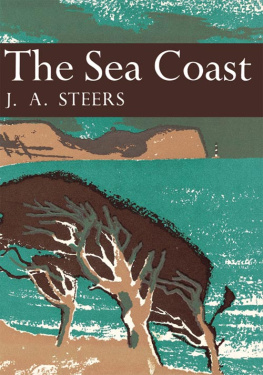1.1 Introduction
The coastline of the World Ocean, with a total length of about 777,000 km, has an extraordinary morphological diversity. Along the oceanic coasts, we encounter the most unusual and complex combinations of private and industrial problems in regard to regional management, which are well known peculiarities of the coast as an object of nature. The coastal zone of the sea is not just the arithmetic sum of the territory and waters. This is a holistic, very peculiar geographical and ecological entity that has unique properties and quite valuable qualitative features, which are found neither in the waters nor on land (Bondarenko ).
Modern world economic, climatic and geopolitical processes create a need for comprehensive study of the Russian seas and coastal areas of strategic importance. It should be recognized that, in the era of globalization and strong technological introduction of mankind into all spheres of nature, the seashores remain non-recoverable natural resources. A comprehensive study and analysis of the development of natural and socio-economic processes in each region is a pressing need in the search for solutions to the problems of a rational approach to the use of unique coastal regions (Kosyan et al. , 245). These problems are very variable even within the very similar climates, landscapes, and geomorphological structures of the sea shores. It is especially important in Russia, with its 13 coastal areas, connected to three oceans, located in different natural, climatic, and time zones.
1.2 Definitions
Leveled sites of coastline extended over hundreds of kilometers are interspersed with numerous bays, forming a rugged coastal circuit. The coastlines occupy different levels of elevation along hundreds of kilometers, forming an indented shore with numerous bays. Among the reservoirs of different formation deeply protruding into the land, the lagoons are of particularly great interest. They occupy one tenth of the worlds coasts. Numerous economic activities are related to the practical application of lagoons.
The physical and geographic features of lagoons their relative shallowness, protection from storm surges from the open sea, the large daily and seasonal variability of hydrodynamic and hydrochemical parameters, and high biological productivity allow us to consider them as unique natural objects.
Other coastal waters, often united by a general concept, the estuary, have similar natural features. The term estuary, when used generally in scientific papers, tends to cover all coastal waters: almost fresh or high saline (Safyanov ).
If we accept this definition, the estuary, unlike lagoons, has no distinct geomorphological boundaries; thus, this concept includes large bays and even certain seas, for example, the Azov and Baltic seas. The presence of the barrier (accumulative forms) is an essential feature that distinguishes a lagoon from an estuary.
Let us consider some meanings of the terms related to the above-mentioned reservoirs. The Encyclopedic Dictionary of Terms of Physical Geography (1980), written in four languages, gives descriptions as follows.
The LAGOON a shallow part of the ocean (sea), separated from it by a bar, spit, or coral reef, and connected to it by a narrow strait or straits. Often found inside the atoll (Paffengolts , 221).
The ESTUARY an elongated bay with low shores, sinuous in formation. Formed by the flooding of the sea estuarine plain rivers or coastal depressions of the land. Estuaries are open to the sea and enclosed, separated from the sea by a spit or a bar. The majority of estuaries have significant salt content (Shchukin , 233).
The FJORDS narrow and deep (up to 1000 m and more), long (sometimes branched) bays jutting out into the land for tens to hundreds of kilometers. They are the result of glacier processing and the subsequent flooding of river valleys and tectonic depressions by sea water (Shchukin , 476).
ESTUARY funnel-shaped bay tapering towards the top, which is formed as a result of flooding of the lower reaches of the river valley and the influence of the converted wave, river and tidal factors (Shchukin , 504).
The Terminology Guide to Marine Geomorphology, also released in 1980, gives a similar picture, with a few exceptions.
ESTUARIES (estuary) extended funnel-shaped river mouth, representing a narrow and long bay. From a hydrological point of view, a boundary of the estuary towards the land is the beginning of the mixing of fresh and sea water; from a morphological one, the boundary is the line at which the river bed occupies the position below average sea level. Typical estuaries develop only in tidal seas (Kalesnik , 194).
Long and narrow bays may genetically be rias or fjords.
FIRTH (LIMAN) ingressive bay in the northwestern part of the Black Sea, which is the lower reaches of river valleys flooded by the sea. Most estuaries are fenced off from the sea by bars or spits (Kalesnik , 186).
LAGUNA water area, separated from the sea by a coast or island bar and elongated in the direction of the general strike of the coast (Kalesnik , 106).
In general, many researchers agree that the separation of the Gulf by accumulative form is the main feature of the lagoon (Table ).
Table 1.1
The definition of the lagoon, given by different authors
Name | Peculiarities | References |
|---|
Isolated part of the sea | Separated by | Rocky or sandy isthmus | Connected | Straits | Nalivkin (, 322) |
Reservoir original | Separated by | Coastal bar | Leontiev (, 128) |
Reservoir shallow-water, natural | Separated by | Strip of alluvial dry land | Connected | Narrow strait | Kalesnik (, 192) |

